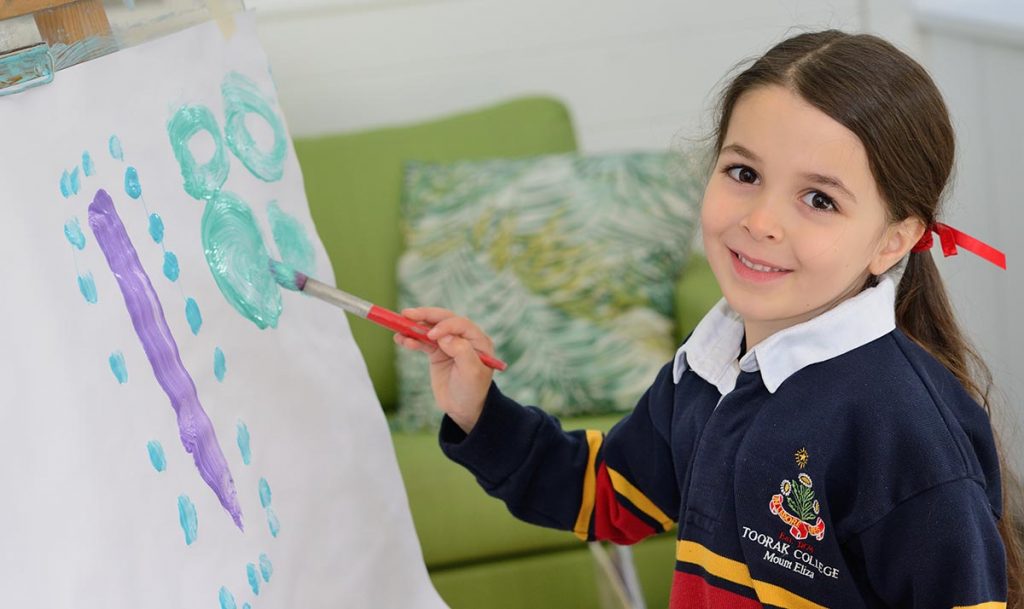By Pat Barbieri
The other morning, I sat with my Pre-Prep class and introduced the ‘languages of learning’ concept to my group of 4-year-olds. We discussed how people can express themselves with their words, with their body movements and with their actions. As a group, we start to explore the many different types of languages and, before long, we realise that not all languages are spoken. They can include painting, drawing, sculpture, collage, construction and even photography. What we discover, however, is that all languages help us express ourselves and learn further.
At 3 and 4 years of age, children are inquisitive, excitable and curious. They are forming connections – with each other and their environment – and learning how to express their thoughts, emotions and ideas. It is because of this that exposure to the creative arts at a young age is so significant. Not only in developing each child’s physical, emotional and cognitive capabilities, but also in cultivating their imagination and creating the foundation for them to thrive in their future.
Inspiration leads to expression.
Creative arts have always been considered to be an expressive pastime, and this holds true for 3 and 4-year-old children as well, as they use all that surrounds them as inspiration to explore their feelings and develop their own original ideas. Every week, I see children take inspiration from painters such as Monet, popular books such as
The Very Hungry Caterpillar, their local surroundings or indigenous culture and use creative arts as a way to reflect their world and express their ideas, thoughts and feelings.
Exploration and experimentation set the foundation for future learning.
Research tells us that children learn best when they are encouraged to actively explore and experiment. The beauty of creative arts is its open-endedness. Be it through exploring a range of art forms or by experimenting with colours, patterns and textures, this can spark the curiosity of our youngest learners and help them develop dispositions for future learning including curiosity, cooperation, confidence, enthusiasm and persistence.
The power of imagination and reflection.
Children need to be given the freedom to imagine, express themselves and work through problems. Through creative arts, children are encouraged to take risks, think outside the box and ponder new approaches as they create and solve problems. They work on their own or with their peers, often sharing their thoughts and excitement in the process. Importantly, creative arts also provides children with the opportunity to continuously absorb the beliefs and perspectives of others and reflect on their own beliefs and perspectives as they seek to make meaning of the world.


